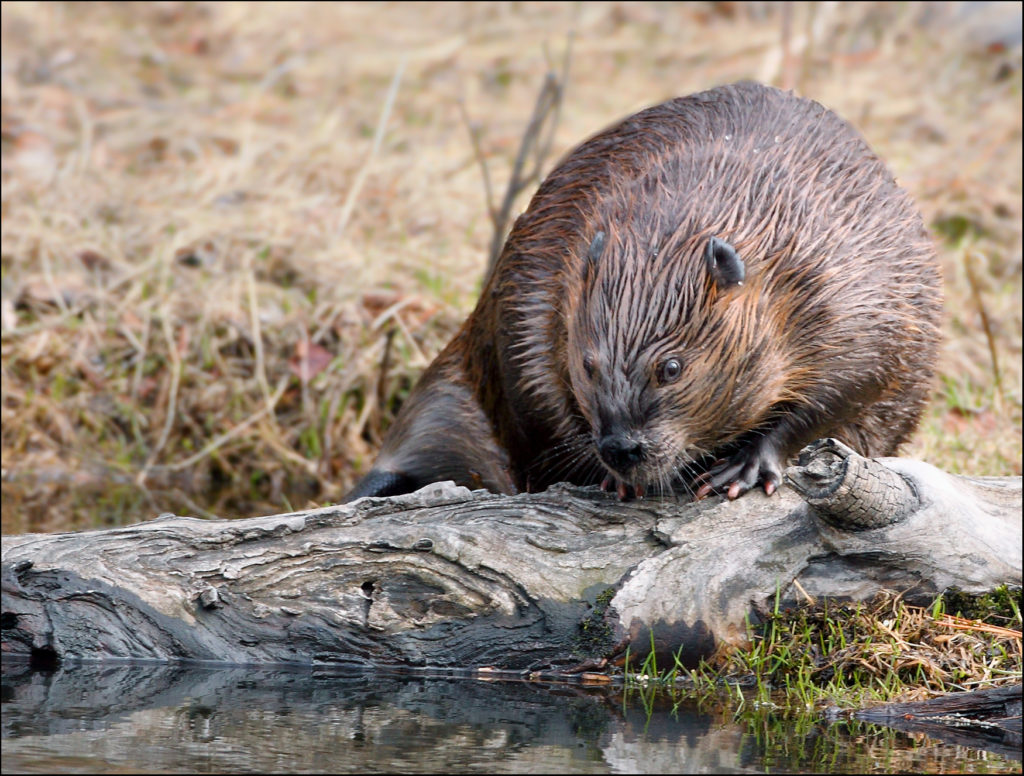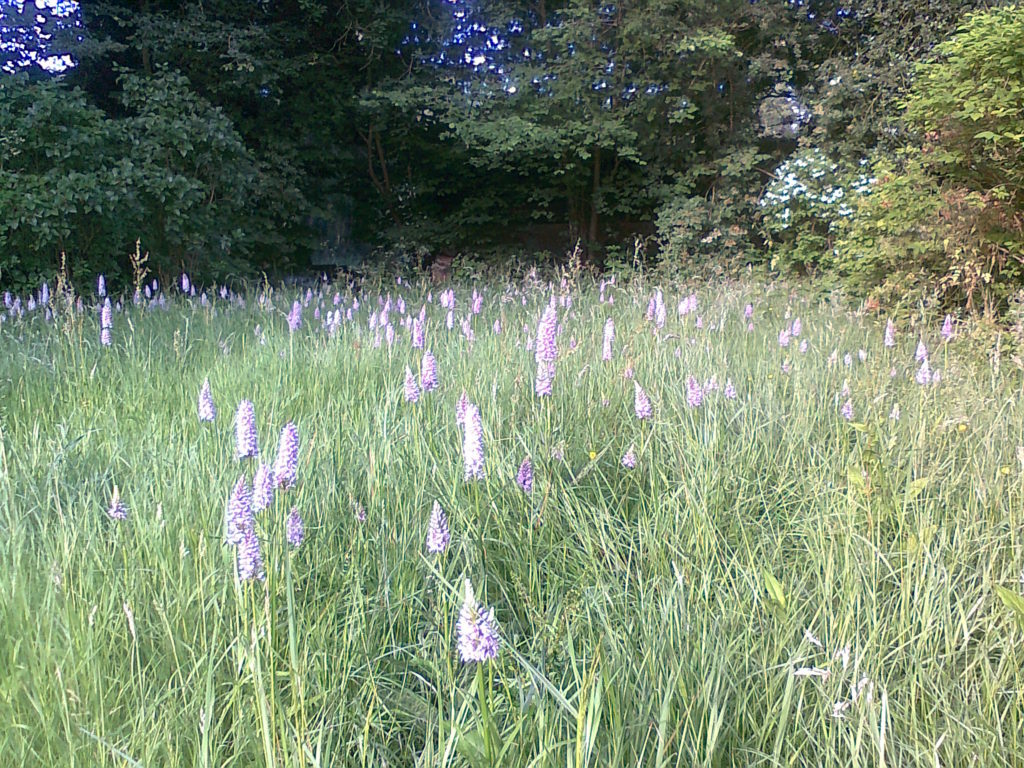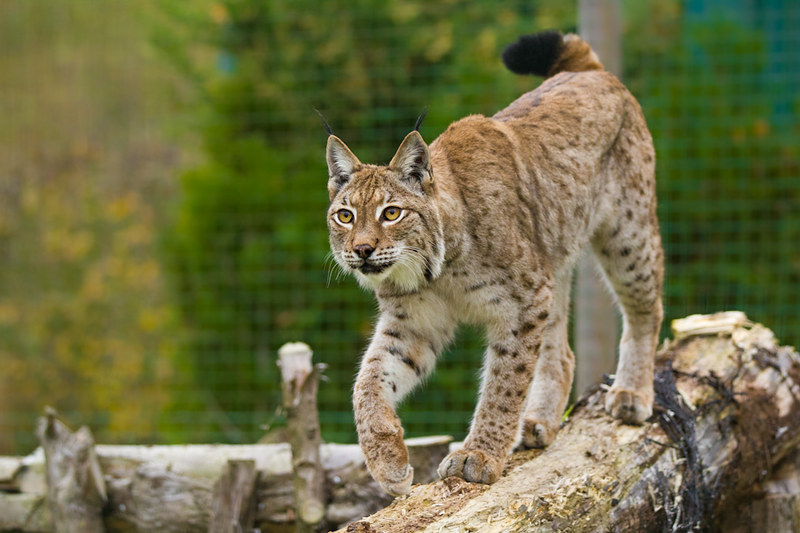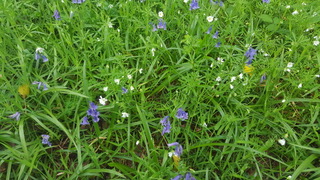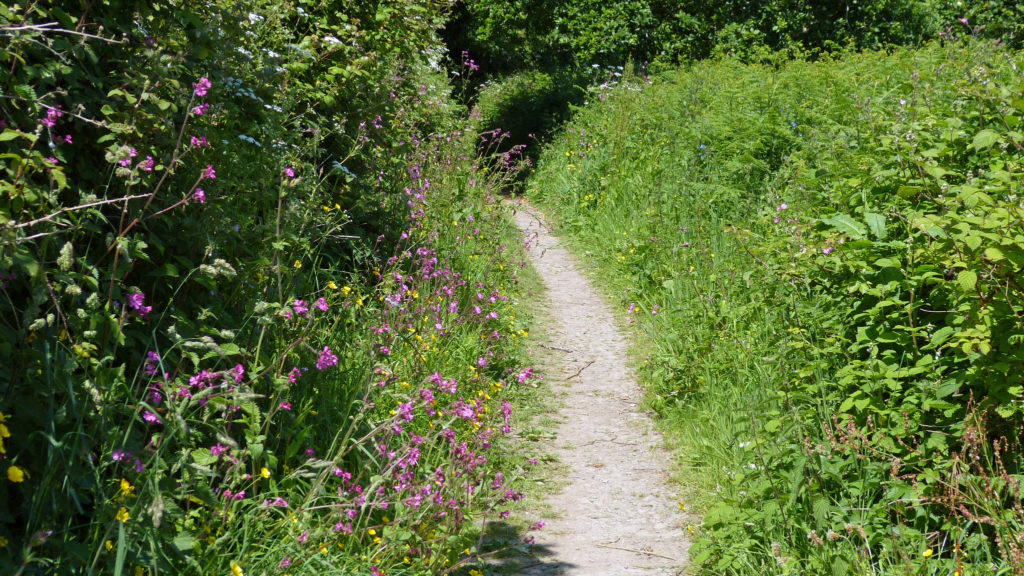The Daily Telegraph and Sky report Prince of Wales urges bored children to pull on their wellies and engage with the natural world on their doorsteps.
“It’s at this time of year that all sorts of wonderful things start happening as nature wakes up the world from its winter sleep,” he said in a video message recorded at Highgrove last week. “What I love to see is how each of these things depends on everything else happening – how the millions of tiny organisms in the soil make it possible for the flower to grow; how the trees become home to lots of insects and give shelter to birds as they build their nests. “But you wouldn’t believe it, the way everything works together goes even deeper. You can see this if you look really closely at the patterns of things.”
Acknowledging the frustrations of being stuck indoors for months on end during the pandemic, the Prince, a lifelong advocate of the natural world, urged children to take a really close look at nature as it slowly changes, to note how “the same patterns occur over and over again”.

